Product Detail
Product NameHsp105 Rabbit mAb
Clone No.SD85-06
Host SpeciesRecombinant Rabbit
Clonality Monoclonal
PurificationProA affinity purified
ApplicationsWB, ICC/IF, IHC, IP
Species ReactivityHu, Ms, Rt
Immunogen Descrecombinant protein
ConjugateUnconjugated
Other NamesAntigen NY CO 25 antibody Antigen NY-CO-25 antibody DKFZp686M05240 antibody Heat shock 105kD alpha antibody Heat shock 105kD antibody Heat shock 105kD beta antibody Heat shock 105kDa protein 1 antibody Heat shock 105kDa protein antibody Heat shock 105kDa/110kDa protein 1 antibody Heat shock 110 kDa protein antibody Heat shock 110kDa protein antibody Heat shock protein 105 kDa antibody HS105_HUMAN antibody HSP105 antibody HSP105A antibody HSP105B antibody HSP110 antibody HSPH 1 antibody Hsph1 antibody KIAA0201 antibody NY CO 25 antibody
Accession NoSwiss-Prot#:Q92598
Uniprot
Q92598
Gene ID
10808;
Calculated MW105 kDa
Formulation1*TBS (pH7.4), 1%BSA, 40%Glycerol. Preservative: 0.05% Sodium Azide.
StorageStore at -20˚C
Application Details
WB: 1:1,000-1:2,000
IHC: 1:50-1:200
ICC: 1:50-1:200
Western blot analysis of Hsp105 on different lysates using anti-Hsp105 antibody at 1/1,000 dilution. Positive control: Lane 1: MCF-7 Lane 2: Hela
Immunohistochemical analysis of paraffin-embedded human liver cancer tissue using anti-Hsp105 antibody. Counter stained with hematoxylin.
Immunohistochemical analysis of paraffin-embedded rat testis tissue using anti-Hsp105 antibody. Counter stained with hematoxylin.
Immunohistochemical analysis of paraffin-embedded human colon cancer tissue using anti-Hsp105 antibody. Counter stained with hematoxylin.
ICC staining Hsp105 in Hela cells (green). The nuclear counter stain is DAPI (blue). Cells were fixed in paraformaldehyde, permeabilised with 0.25% Triton X100/PBS.
ICC staining Hsp105 in HepG2 cells (green). The nuclear counter stain is DAPI (blue). Cells were fixed in paraformaldehyde, permeabilised with 0.25% Triton X100/PBS.
ICC staining Hsp105 in PANC-1 cells (green). The nuclear counter stain is DAPI (blue). Cells were fixed in paraformaldehyde, permeabilised with 0.25% Triton X100/PBS.
The heat shock proteins (HSPs) comprise a group of highly conserved, abundantly expressed proteins with diverse functions, including the assembly and sequestering of multiprotein complexes, transportation of nascent poly-peptide chains across cellular membranes and regulation of protein folding. Heat shock proteins (also known as molecular chaperones) fall into six general families: HSP 90, HSP 70, HSP 60, the low molecular weight HSPs, the immunophilins and the HSP 110 family. The HSP 110 family (also known as the HSP 105 family) is composed of HSP 105, Apg-1 and Apg-2. HSP 105 is a testis-specific and HSP 90-related protein. Research indicates that HSP 105 is specifically localized in the germ cells and may translocate into the nucleus after heat shock. It is suggested that HSP 105 may contribute to the stabilization of p53 proteins in the cytoplasm of the germ cells, preventing the potential induction of apoptosis by p53.
If you have published an article using product 49203, please notify us so that we can cite your literature.


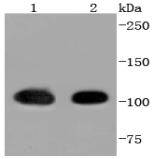
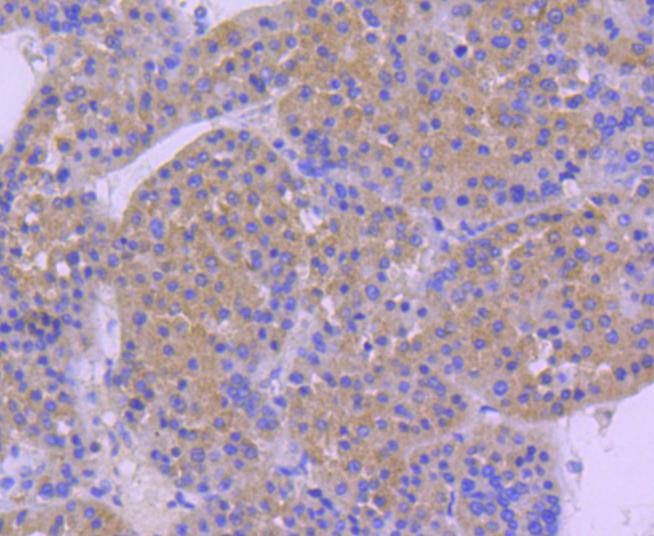
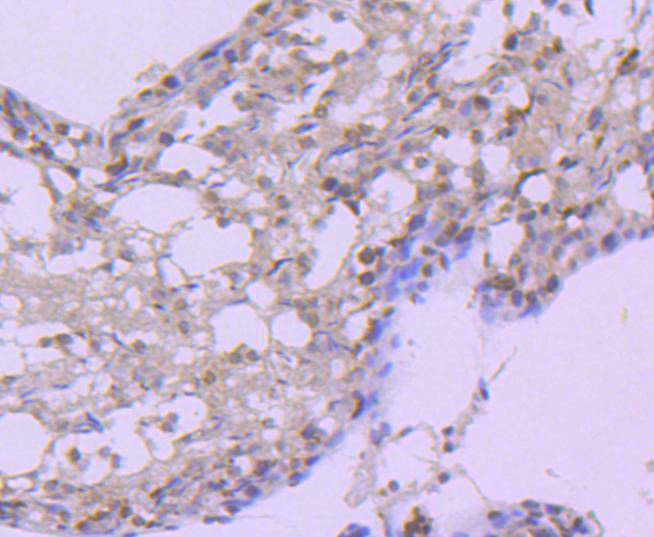

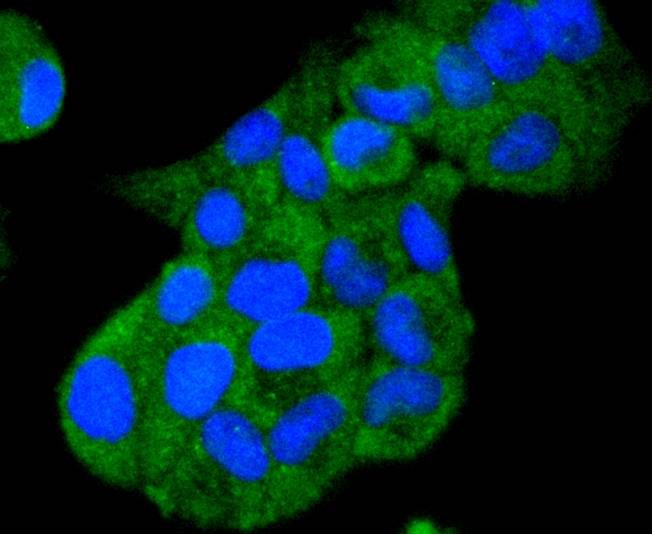

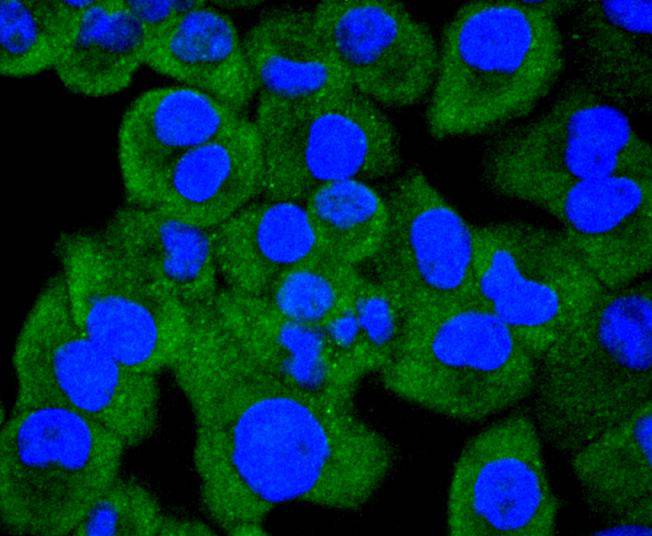
 Yes
Yes



